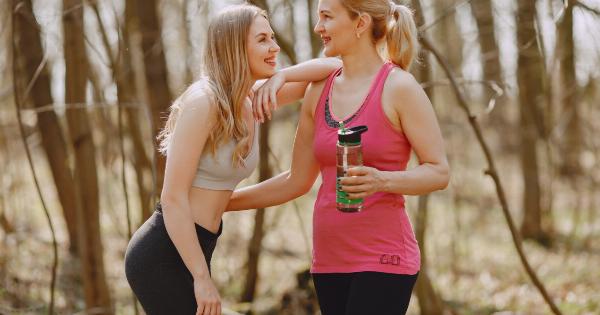Exercise is essential for maintaining good health, no matter your age. Regular physical activity can boost energy levels, improve cardiovascular health, enhance mental acuity, and reduce the risk of chronic diseases.
But the kind and amount of exercise you need varies depending on your age. Here, we look at age-appropriate exercise guidelines and the types of exercises that are best suited for each age group.
Exercise Guidelines by Age Group
Children and Adolescents (Ages 6 to 17)
Children and adolescents should engage in at least 60 minutes of moderate- to vigorous-intensity physical activity every day, according to the Centers for Disease Control and Prevention (CDC).
This can include activities like running, swimming, dancing, and bike riding. Additionally, children should engage in muscle-strengthening activities at least three days a week, such as push-ups, sit-ups, and other exercises that use body weight for resistance.
It’s also important for children and adolescents to engage in weight-bearing exercises, such as tennis or basketball, to keep their bones strong and healthy.
Adults (Ages 18 to 64)
Adults should aim for at least 150 minutes of moderate-intensity exercise or 75 minutes of vigorous-intensity exercise per week, according to the U.S. Department of Health and Human Services (HHS).
This can include activities like brisk walking, jogging, cycling, and swimming.
Additionally, adults should engage in muscle-strengthening exercises at least two days a week, focusing on all major muscle groups, including the legs, arms, chest, shoulders, back, and core.
Older Adults (Ages 65 and Up)
Older adults should aim for the same amount of exercise as younger adults, but may need to modify their routines based on physical limitations or health conditions.
Activities like yoga, tai chi, and water aerobics are great options for seniors, as they can improve balance, flexibility, and mobility. Resistance training with light weights or resistance bands can also help maintain muscle mass and bone density.
Types of Exercise by Age Group
Children and Adolescents
Children should engage in a variety of physical activities to keep things fun and engaging, while also developing good habits that will last a lifetime.
Recommended activities include:.
- Running, jumping, and playing games like tag
- Swimming and water games
- Bike riding
- Dancing and gymnastics
- Team sports like basketball, soccer, and volleyball
Adults
For adults, the most important thing is to find physical activities that they enjoy and will stick with over time. Here are some options:.
- Walking, jogging, or running
- Cycling or spinning
- Aerobic exercise classes like Zumba or step aerobics
- Swimming or water aerobics
- Dancing
- Resistance training with weights or resistance bands
- Pilates or yoga
Older Adults
When it comes to exercise for seniors, safety is key. Activities should be low-impact and appropriate for any physical limitations.
Recommended activities include:.
- Walking or swimming
- Chair aerobics or aquatic exercise classes
- Tai chi or yoga
- Light weightlifting or resistance band exercises
- Balancing exercises to improve stability
Finding Age-Appropriate Exercises That Work for You
Regardless of your age, the most important thing is to find physical activities that you enjoy and that fit your lifestyle. This can help you stick with an exercise routine and reap the many benefits of regular physical activity.
Some tips for finding age-appropriate exercises include:.
- Start slow and build up gradually, especially if you’re new to exercise or have a health condition
- Choose activities that you enjoy and that fit your physical abilities
- Try different workouts to keep things interesting and prevent boredom
- Find a workout buddy or join a class to stay motivated and accountable
- Speak with your doctor before starting a new exercise program, especially if you have any health concerns or medical conditions
The Bottom Line
Exercise is essential for good health, no matter your age. By following age-appropriate exercise guidelines and choosing the right types of exercises for your needs, you can stay active, healthy, and fit throughout your life.




























